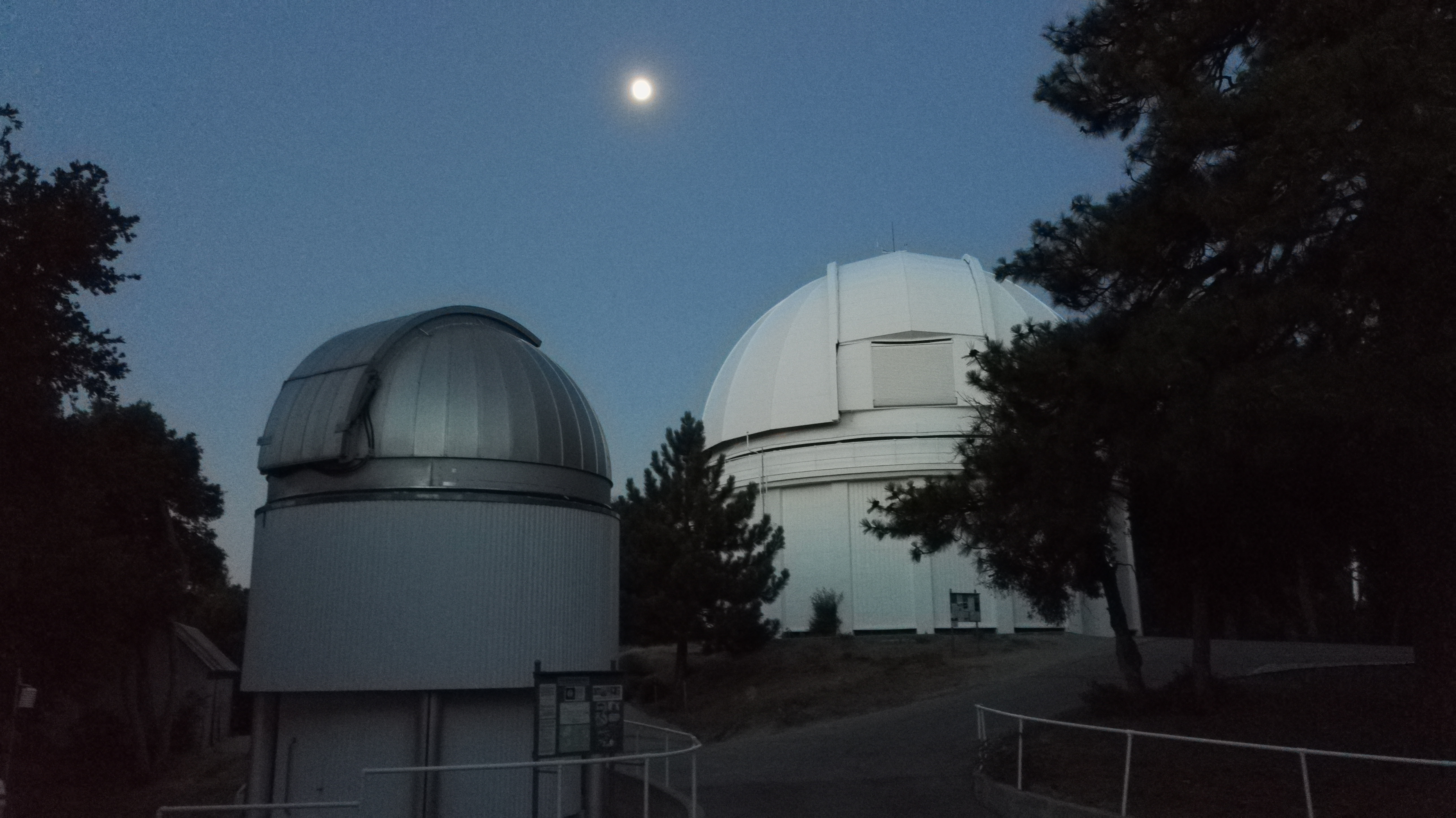I am part of a team of astronomers and instrument scientists from the University of Exeter (UK), University of Michigan (USA), IPAG (France), Georgia State University (USA) working to commission the new MIRC-X infra-red (J- and H-band) six-telescope combiner at the CHARA Array. This detector serves as an upgrade to the previous six-beam infra-red combiner MIRC. Our paper summarising the upgrades so far can be accessed here.
My role in the MIRC-X collaboration concerns observations, data reduction, and documentation. During the combined commissioning and observing run of July 2017, we spent three weeks successfully installing the MIRC-X camera and obtained our first interferometric fringes. We observed a handful of spectroscopic binary and "standard" calibrator stars which helped us perform quality checks on the data. Since then, further updates have been made to improve throughput and signal quality.
I, and other members of the MIRC-X team based at the University of Exeter are using observations of young stellar objects to study the formation of stars and the evolution of dust grains in their circumstellar disks.
I am indebted to the European Research Council and the Science and Technology Facilities Council for their provision of funds to enable me to conduct my research at this observatory.

